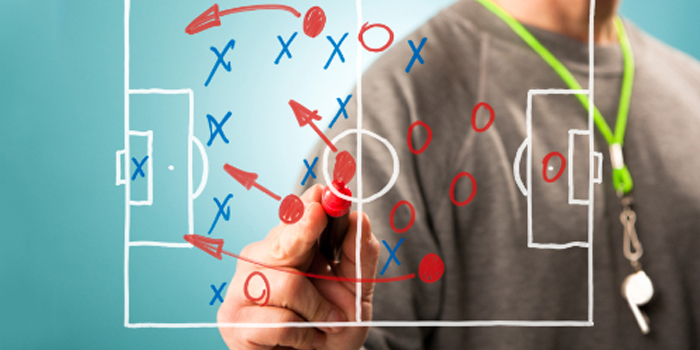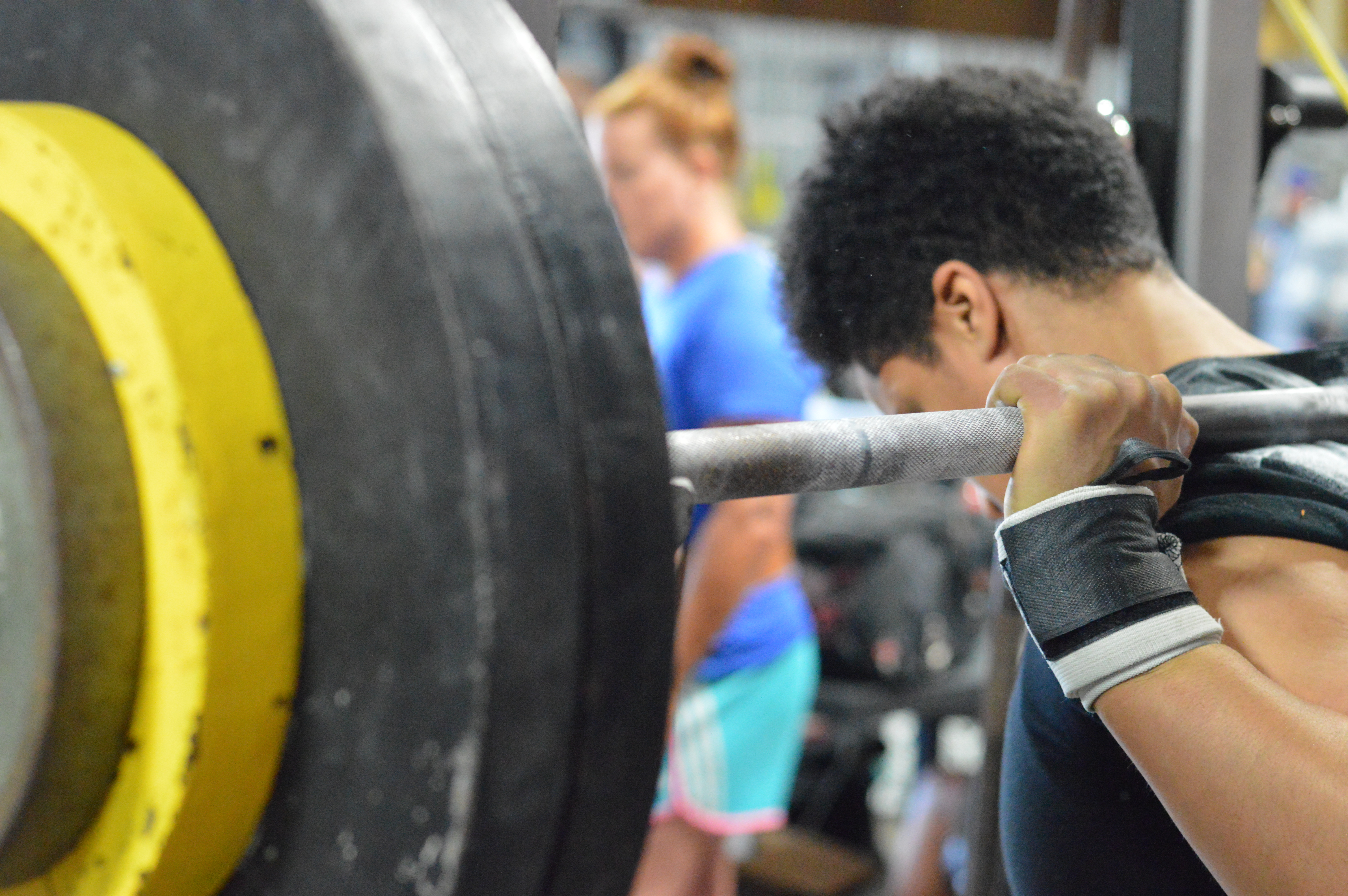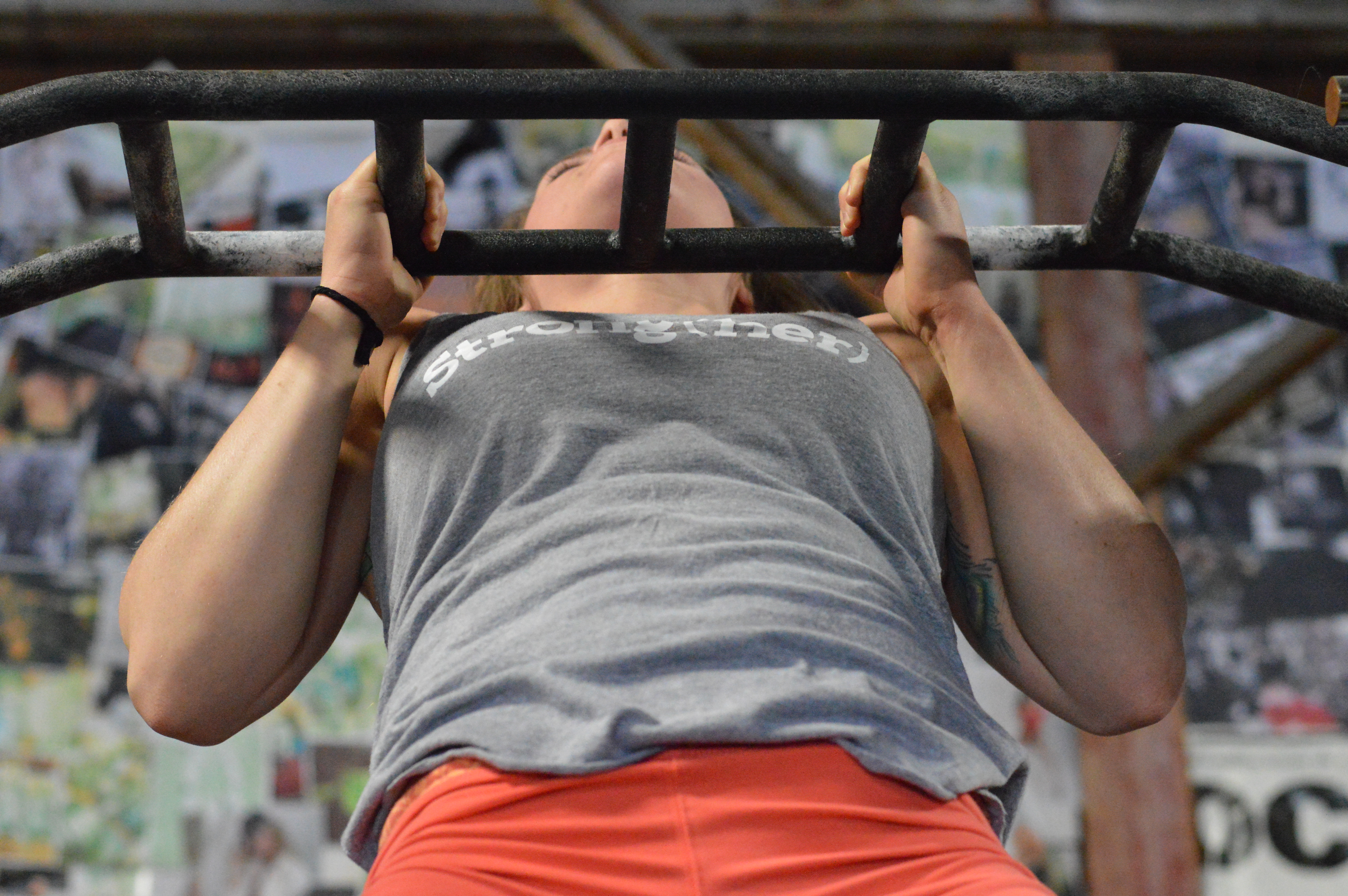
I rarely discuss the "science" of training in this article series. I don't do this because I'm not the smartest guy on this site when it comes to the science of training, and I very much believe that the science comes second to the art of working with athletes. What I mean by this is that you can have the greatest program on Earth, but if you can't communicate it and inspire others to work hard for you and the program, the program is garbage.
I'm still a science nerd, and I try to continually read and educate myself on the science of training. So this month, I'll touch on something that has stalked me since I was an undergrad (in a previous millennium): Newton's Three Laws of Motion. We often lose sight of the basics because these three laws apply to everything, but it's important to remind ourselves that all we're doing is working within these laws and trying to beat them.
Newton's First Law
Every object in a state of uniform motion tends to stay in that state of motion unless an external force is applied to it.
For some of you, this may not mean much. If that is the case, please reread.
Let's think about the basic exercises that we perform, say the squat. As you descend, there must be an external force that acts upon the barbell and your body in order to stop, absorb the weight and reverse the barbell as well as your body in the other direction. This is the premise of triphasic training. We must be able to absorb a weight. Then we have a chance to actually move the weight.
Olympic lifts are another great example. Take the clean. After the second pull of a clean, the barbell is flying through space and the athlete is trying to "whip" his body under the barbell. At this point, if the athlete can't control the barbell, the barbell will come crashing down on his shoulders (as I learned in one Olympic meet). We must again absorb the weight and act upon it in order to move it back vertically.
These are just two simple examples as to how Newton's first law applies to what we do. I haven't even touched on kettlebells, medicine balls, dumbbells or many of the other weighted implements that we have at our disposal. But think about this as you watch your athlete train. When and where is the external force applied and how is it appropriate for your current training goals?
Newton's Second Law
The relationship between an object's mass (m), its acceleration (a) and the applied force( F) is F = ma.
Acceleration and force are vectors. In this law, the direction of the force vector is the same as the direction of the acceleration vector or force = mass X acceleration.
OK, this is my favorite. Yes, I have a favorite Newtonian law. What makes this law so great, you might ask? Well, let me school you on why Newton's second law is the bee's knees.
This law is what Vladimir Zatsiorsky was talking about in the Science and Practice of Strength Training. As Dr Z said, there are three methods for increasing muscular tension:
- Dynamic effort (DE): Moving a light load explosively
- Maximal effort (ME): Moving a heavy load for 1–3 reps
- Repetitive or repetition effort (RE): Moving a submaximal weight for higher reps
Newton's second law describes these perfectly and fits snugly into the force-velocity curve.
With DE work, you're trying to create more force while manipulating acceleration and leaving mass static. This would be written as F = mA, with an emphasis on the big A, and includes your speed bench, speed squats, pulls, cleans, medicine ball work, jumps and all the other explosive things that we do. Basically, this is everything from speed to speed-strength all the way to strength-speed. There are so many variations for performing DE work that I won't even touch on them here, as I already wrote an article a few years ago on this topic.
ME work is basically doing max work. I write this as F = Ma, the key being the big M. Joe Kenn popularized modified max effort (MME) work a few years ago with his book The Coaches Strength Training Playbook. If you've never read this book, what is wrong with you? I say this in jest, but I did really enjoy this book and Kenn's system.
As for MME work, this is most of what we do with our athletes, and I believe that it should also be what you do unless you have a very advanced athlete. As I do it, MME work is basically ME work in the higher rep ranges. We cut athletes off before they hit a true max. The reason for this is most athletes will allow a lift to get ugly in order to get the rep. The goal of ME work should be to strain, not just survive the lift. Powerlifters just survive meet day. Athletes are training to get stronger for their sport. If the lift gets too ugly and hurts progress, then was it worth it?
RE work is the hardest to define because the goal isn't force but time under tension. I still put this under Newton's second law as f = ma. Notice that all the letters are lowercase. The goal isn't to kill the rep but to break down muscle tissue. However, even when doing rep work, one must create force to move, stop or absorb an external load. With RE work, the options are endless. This is the one that every athlete knows how to do, and the young athletes will almost always judge your programming based on RE work because it burns and pumps the muscles. For variations, do this work with time periods instead of a set amount of reps. Ever done Harry Selkow's one-minute pull-up? Get in the pull-up position and take 30 seconds to pull yourself up and 30 seconds to let yourself down. Now there's a great pump! The key with RE work is to use your imagination.
Newton's Third Law
For every action, there is an equal and opposite reaction.
This is the law that I spend the least amount of my brain power on and I need to spend more time on it. Think about basic ground contact while athletes are running. They propel their bodies forward by creating force off the ground, and the ground reacts by throwing the athlete forward. The same is true with squatting or jumping or any other ground-based activity. The key here is that the reaction is equal and opposite!
Nate Harvey will love this statement—this is why the strongest athletes win more. They create great reactions! Because they have great strength (and have trained all along the force-velocity curve), they have the ability to create more force and propel their bodies or opponents' bodies wherever they want.
This is just a very brief overview and hopefully a reminder and a way to keep us all grounded so that we can help our athletes produce great feats...I mean feets...of strength (yes, that was a Robin Hood Men in Tights movie reference).
References
- Newton's Three Laws of Motion. Accessed July 13, 2015. At: http://csep10.phys.utk.edu/astr161/lect/history/newton3laws.html.













Newton's 2nd Law becomes very complex in relation to accommodating resistance. Newton's 2nd Law states net force is the time-derivative of momentum of a closed system; the change in momentum of a closed system with respect to time. When mass is constant, the derivation yields F=ma. However, not all systems are closed and not all systems have constant mass. If we consider the chains used for accommodating resistance, the equivalent mass of the chain and barbell changes with barbell position as more of the chain unloads on the ground or loads on the barbell. This can be considered a variable mass system and F=ma is no longer valid for this example. For more detail, consider the classic variable mass problem involving falling chain.